Quick heads-up: some of the links on this page are affiliate links. If you make a purchase through them, we may earn a small commission (at no extra cost to you). This small bit of income helps keep our site running.
Best Ultralight Sleeping Bag of 2025
This post was last updated on May 09, 2024.
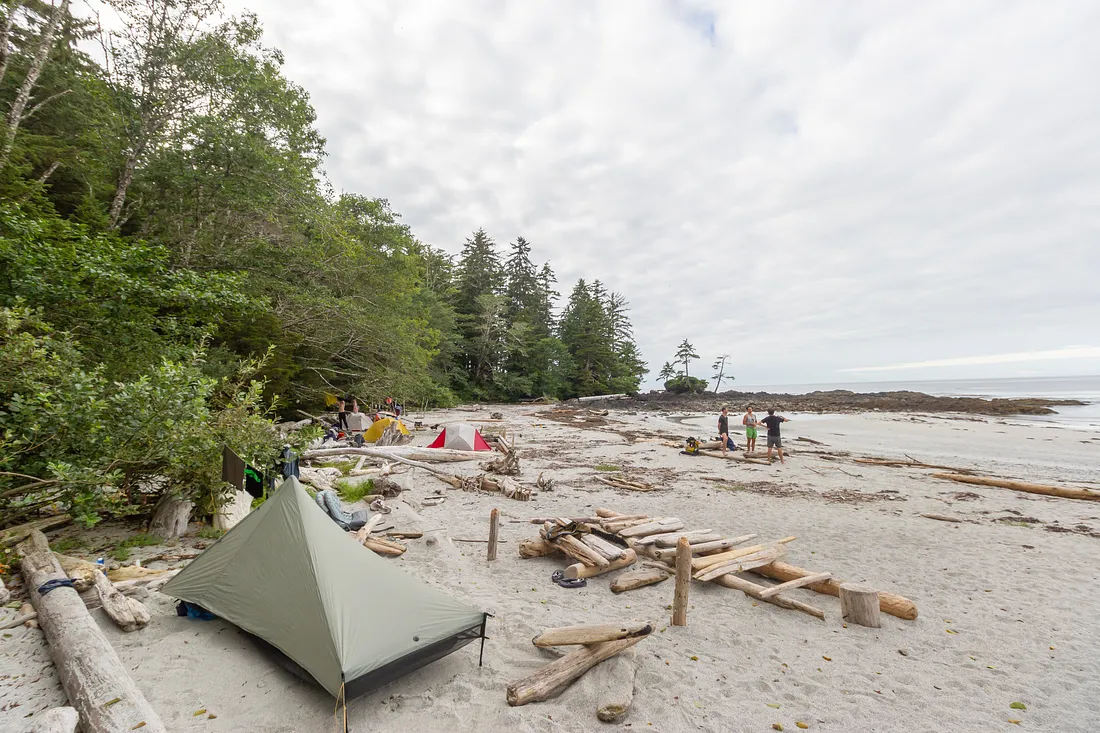
Taking a good sleep under the stars after a long day of hiking or rock climbing can be blissful, but we know it's no fun if you're shivering from cold or burdened by a heavy pack. That's why the best sleep is only granted by the best sleeping bag. And if you're looking for high quality, fewer ounces and maximum warmth, the Feathered Friends Hummingbird UL 30 should be top on your list, outshining its competitors with its warmth, comfort and light weight.
Our comprehensive assessment considered important features such as warmth, weight, durability, comfort and value. Other factors we looked into includes temperature rating, compressibility aspect and insulation type and material. You don't need to be a camping pro to understand the lingo because we got your back. Trust us to strike a balance between tech talk, and normal, everyday speak!
While we focus on the Hummingbird UL 30 being the winner in this post, we've also covered some fabulous runners-up, and top choices in other categories such as Budget, Quilt, and Synthetic. Looking for more? Feel free to check out Best Camping Sleeping Bags, Best Backpacking Sleeping Bags or our tailored guide, Best Backpacking Sleeping Bags for Women. Now, let's get started on finding your dream sleep sack for your next outdoor adventure!
Our Top Recommendations
Our Top Pick
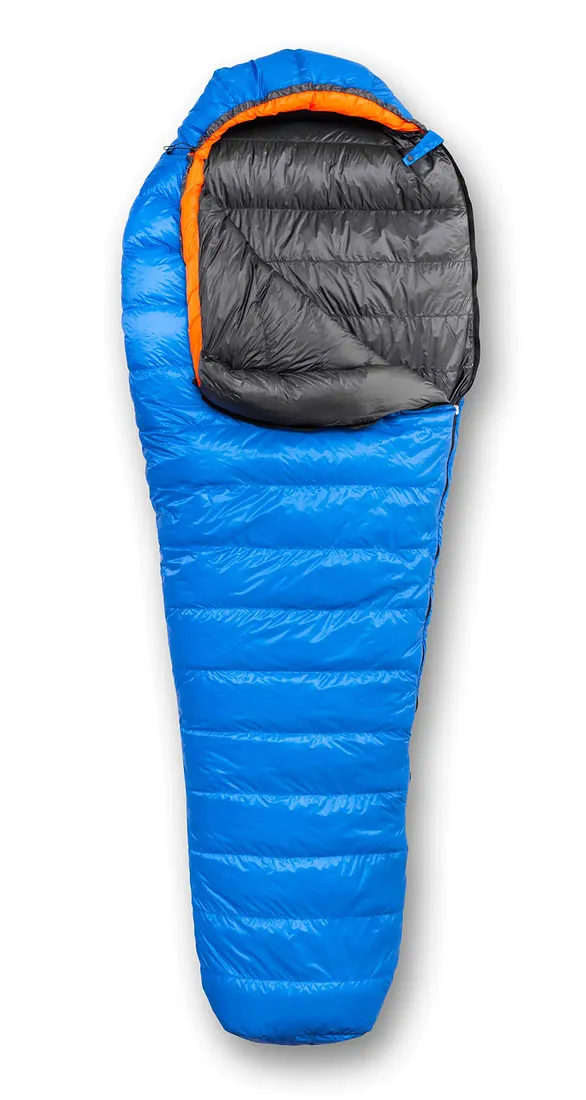
Feathered Friends Hummingbird UL 30
Comfort
Features
Insulation
Warmth
Weight
| Comfort |
8
|
| Features |
7
|
| Insulation |
9
|
| Warmth |
9
|
| Weight |
9
|
The Feathered Friends Hummingbird UL 30 was chosen as our top pick due to its superior warmth-to-weight ratio and exceptional compressibility, as raved about by outdoor enthusiasts in multiple user reviews.
Runner Up #1
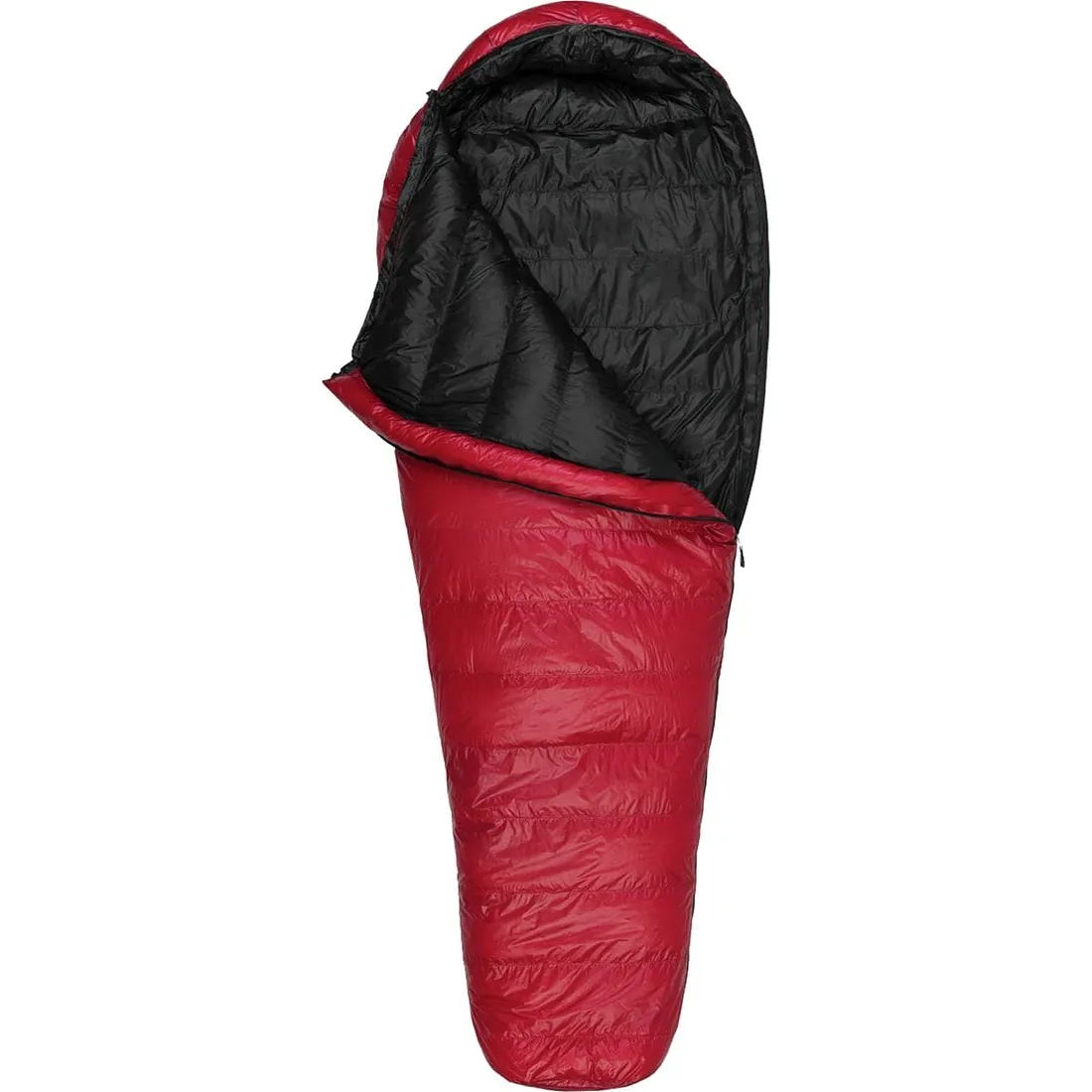
Western Mountaineering SummerLite
Comfort
Features
Insulation
Warmth
Weight
| Comfort |
8
|
| Features |
6
|
| Insulation |
8
|
| Warmth |
7
|
| Weight |
9
|
The Western Mountaineering SummerLite is a top pick for its incredible warmth-to-weight ratio and durability, frequently praised by users for its lightweight design that doesn't compromise on comfort or long-lasting quality.
Runner Up #2
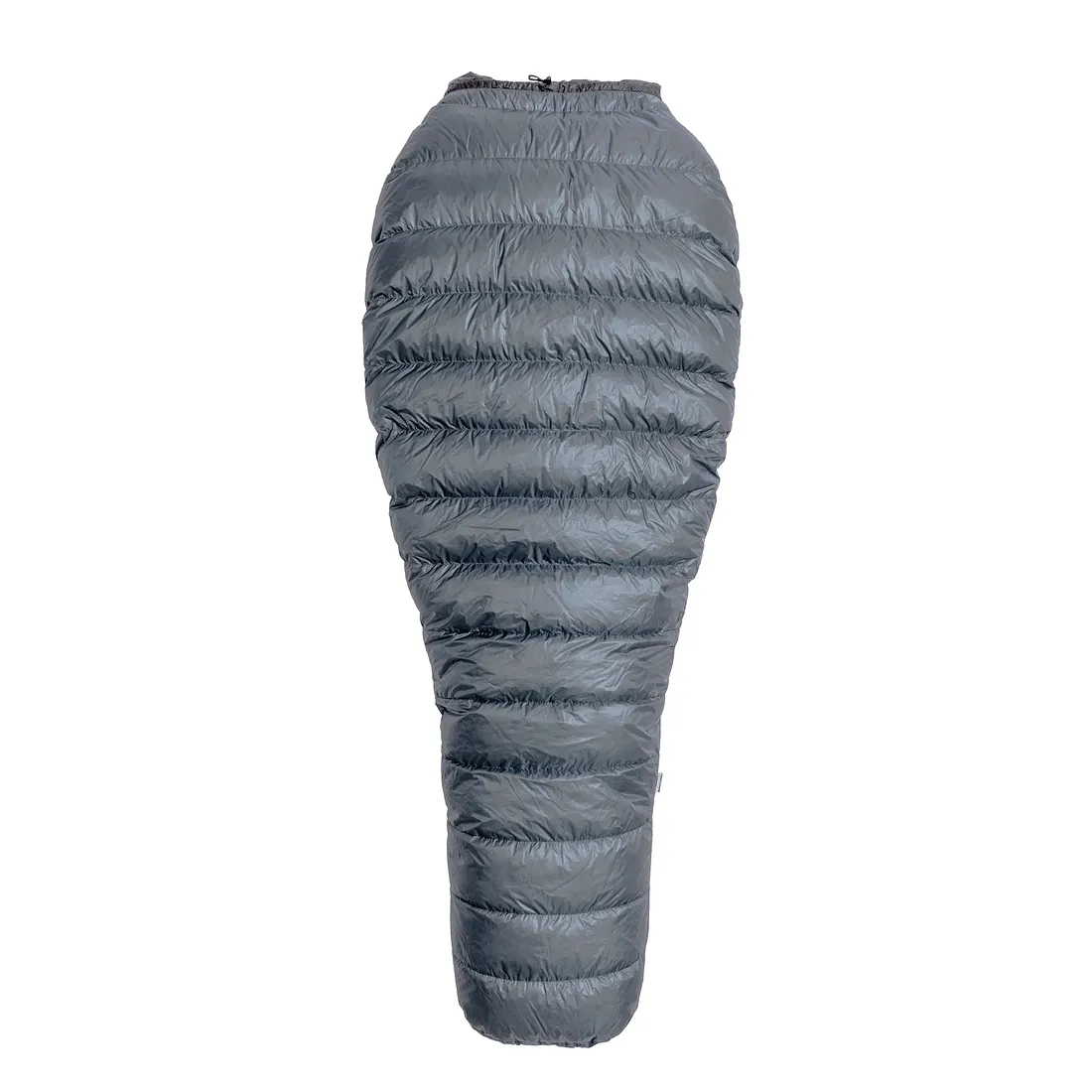
Katabatic Gear Palisade 30
Comfort
Features
Insulation
Warmth
Weight
| Comfort |
8
|
| Features |
7
|
| Insulation |
9
|
| Warmth |
8
|
| Weight |
9
|
The Katabatic Gear Palisade 30 shines as a top pick because campers rave about its unbeatable combination of superior warmth-to-weight ratio and innovative quilt design, which they say offers unmatched flexibility in snugness and temperature regulation.
What you should look for
(and what we test for)
Fit and Comfort
Ensure a good fit and comfort, as the sleeping bag should be snug without being tight, and having a bag that's too large can leave cold spots where your body heat can't reach.
Temperature Rating
Consider the temperature rating of the ultralight sleeping bag - it should keep you cozy in the coldest temperatures you expect to encounter on your adventure, so check the bag's lower limit rating (for men) or comfort rating (for women).
Weight and Packability
Carefully evaluate the bag's weight and packability, with lighter and more compressible options making your backpack less cumbersome and your hikes easier – but remember, sometimes a couple of extra ounces can make the difference between shivering or sleeping soundly at night.
Materials and Durability
Look into the materials used for the bag, as high-quality, tear-resistant fabrics will withstand rough handling and last longer, and down insulation usually offers a better warmth-to-weight ratio but won't perform well if it gets wet.
Feathered Friends Hummingbird UL 30
$549.00The Best Ultralight Sleeping Bag
Based on our research and testing, we think the Feathered Friends Hummingbird UL 30 is the best Ultralight Sleeping Bag on the market right now, for anyone looking to play hard outside.

| Comfort |
8
|
| Features |
7
|
| Insulation |
9
|
| Warmth |
9
|
| Weight |
9
|
Reasons to Buy
- Impressive warmth-to-weight ratio
- Superior durability with ultra-light construction
- Excellent compressibility and packability
- Uses high quality 950+ goose down
Reasons to Avoid
- Quite pricey for some
- Not the best for humid conditions
- Zippers can be slightly finicky
The Feathered Friends Hummingbird UL 30 is a top pick for outdoor enthusiasts on the hunt for a high-quality, ultralight sleeping bag. This bag rips off the tags on the niche of lightweight backpacking gear while also boasting awesome warmth and comfort features.
Built with a 950+ fill power goose down, this bag kicks up some serious heat and gives the Hummingbird its ultra cozy feel. It manages to do this without tipping the scales too much - the bag weighs in at a mere 1.42 lbs, which is piddly compared to many other sleeping bags on the market perfect for those keen on backpacking or climbing.
Its Pertex fabric shell provides some real chops when it comes to durability. Users have pointed out that despite its light weight, this sleeping bag withstands some pretty rough treatment without showing any signs of wear and tear. So, don't sweat it about tossing and turning in your sleep or fighting off a chilly downhill draft. The Hummingbird can handle it.
Any chinks in the armor? Well, some users have grumbled about its narrow design especially around the feet. If you're a restless sleeper or someone who likes to stretch it out in their bag, this could be a snugger fit than you'd like. It’s not necessarily a deal breaker, however some users find it a little discomforting.
Another tiny gripe is with its price tag. The Hummingbird is pricier than many other options on the market. That being said, users often note that the blend of quality, warmth and lightweight design justifies the price. This isn’t a bargain bin sleeping bag – it’s an investment for the serious outdoor-head.
So, when it comes down to the dirt track, the Feathered Friends Hummingbird UL 30 is a pretty beastly bag in all the right ways. Its lightweight design makes it a super choice for backpacking adventures or climbing expeditions. Despite a few minor hitches, it powers through with great warmth, comfort and durability features that keep you snug as a bug on your outdoor trips while not weighing you down.
Western Mountaineering SummerLite
$485.00Runner Up
Based on our research and testing, we think the Western Mountaineering SummerLite is a great choice if you're looking for a ultralight sleeping bag to go play hard outside with, if our top pick isn't quite what you're looking for.

| Comfort |
8
|
| Features |
6
|
| Insulation |
8
|
| Warmth |
7
|
| Weight |
9
|
Reasons to Buy
- Perfect for three-season camping
- Great for backpacking due to lightweight nature
- Warm enough for most but not excessively hot
- Solid construction and durability
Reasons to Avoid
- Not designed for extreme cold weather
- May be too narrow for those who prefer more room
- Quite pricy compared to other models
First and foremost, the Western Mountaineering SummerLite is an awesome featherweight friend for your summer adventures. I mean, the best surprise about this bag isn't just its lightness, but its extraordinary warmth-to-weight ratio. It weighs just a hair over a pound (which is lighter than your favorite water bottle, by the way), but it's cozy enough for temperatures down to 32 degrees F.
According to folks who've tested this bag, they rave about its comfort. No tight, claustrophobic mummy design here; the SummerLite gives you wiggle room where you need it. It seems pretty clear that the fine folks at Western Mountaineering have paid attention to what hikers and campers want from their sleeping bag.
The SummerLite is stuffed with 850-fill goose down, which is nature's top insulator, curling you up in its plush warmth. It's also well-known for packing down small, which is a big plus if you're one of those bare-bones backpackers trying to keep space at a premium.
So, water-resistance - it isn't the SummerLite's strongest suit, as reported by some wearers, especially in comparison to synthetic bags. But, hey, if you're roughing-it right, your sleeping bag shouldn't be getting soaking wet anyway. Just be sure to avoid pitching your tent in a puddle and you’ll be good to go.
The general consensus among users also applauds the bag's full-length zipper. This gives you the option of unzipping the bag entirely and using it like a quilt on more tepid nights. A nice touch, wouldn’t you say?
One aspect that some folks point out is the price. Yes, it's a bit steep for a sleeping bag. But users consistently came back to the same thought: you are getting what you're paying for. The SummerLite is a top-quality bag that can last upwards of a decade with proper care.
As for the aesthetics, the SummerLite sports a minimalist design with that pop of color we all love. The bright yellow is the definition of cheerful and makes the bag fairly easy to spot among your other gear.
Katabatic Gear Palisade 30
$395.00Runner Up
Based on our research and testing, we think the Katabatic Gear Palisade 30 is a great choice if you're looking for a ultralight sleeping bag to go play hard outside with, if our top pick isn't quite what you're looking for.

| Comfort |
8
|
| Features |
7
|
| Insulation |
9
|
| Warmth |
8
|
| Weight |
9
|
Reasons to Buy
- Superior warmth-to-weight ratio
- Impressive compressibility and packability
- Highly durable
- Versatile, adjustable sleeping system
Reasons to Avoid
- Not the cheapest option
- Foot box might be too narrow for some
- Might feel a bit less comfortable for side sleepers
The Katabatic Gear Palisade 30 caught our eye not just for its ultralight properties, but also its compact design and impressive warmth-to-weight ratio. It weighs in at a minuscule 16.85 ounces, making it a standout choice for those looking to shave weight on multi-day hiking or climbing trips.
This sleeping bag blends 900 fill power goose down insulation with Pertex Quantum fabric. Together, these ensure impressive heating capabilities, while remaining resistant to moisture. It thrives in temperatures as low as 30 Fahrenheit, but through customer feedback, we've found it performs better in slightly warmer environments.
The design has been largely praised by users for its versatile flexibility. The hood-less, quilt style and pad attachment system allow for changes in sleep position and temperature regulation without compromising the user's warmth. Pioneering this innovative style, Katabatic Gear has nailed it with the Palisade 30.
Though it comes with a higher price tag, customers have reported the exceptional durability and build quality justifies the investment. Not a common complaint, but a few users have mentioned the footbox area could offer more room. Others have also mentioned the lack of a full-length zipper restricts their ability to use it as a quilt.
Beyond the minor foot space issue, the packability of this sleeping bag is consistent with its ultralight status. Folded and stored properly, it uses precious little pack real estate, a factor that backpackers have given a thumbs up.
Satisfied customers cite comfort and loft retention among this bag's strengths. It has 6-inch vertical baffles which help maintain its shape and presentation over numerous adventures.
Also, customer care of the manufacturing company received an honorable mention by happy campers, indicating a positive after-sale experience. It's reassuring for those considering taking the plunge on this big-ticket item.
In essence, the Katabatic Gear Palisade 30 provides a high-performance sleeping experience for serious outdoor enthusiasts. However, due to its budget-stretching price, this bag is best suited for those who demand optimum performance and are willing to pay for it.
REI Co-op Magma 30
Best Budget Ultralight Sleeping Bag
Based on our research and testing, we think the REI Co-op Magma 30 is a great pick if you're looking for a ultralight sleeping bag that is more budget friendly, without sacrificing too much in quality.
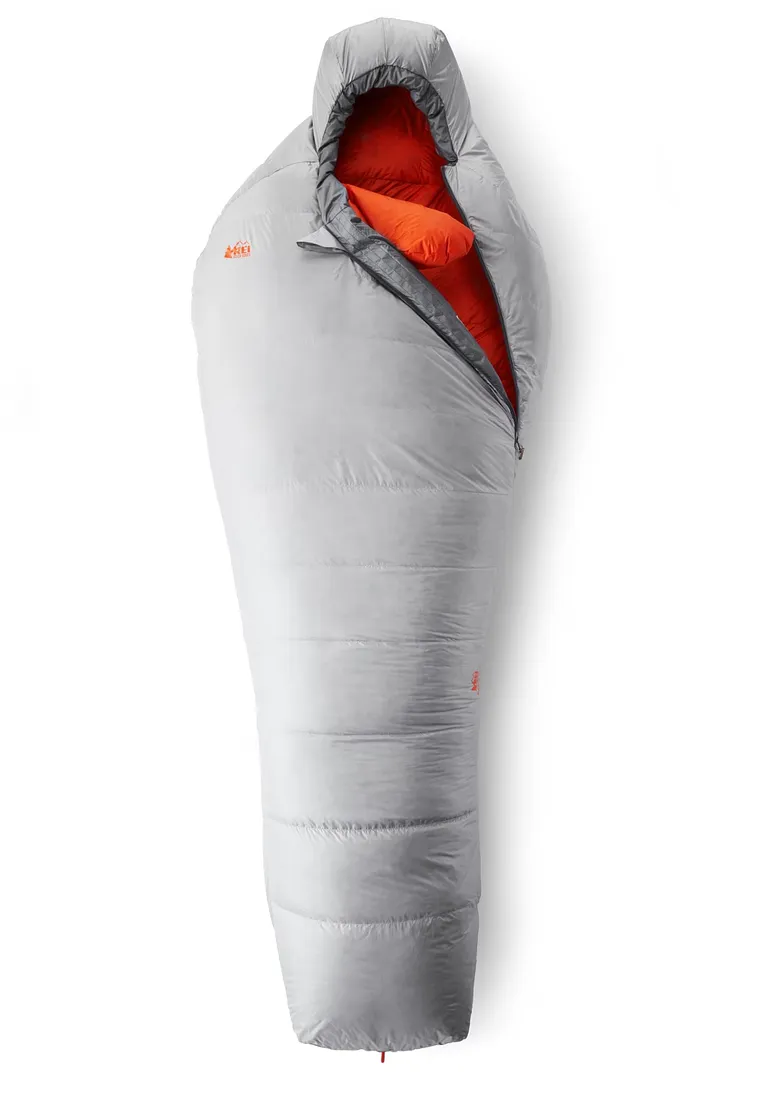
| Comfort |
8
|
| Features |
8
|
| Insulation |
9
|
| Warmth |
8
|
| Weight |
9
|
Reasons to Buy
- Great value for cost
- Quality insulation
- Well-constructed design
- Compact and packable
Reasons to Avoid
- Not suitable for extreme cold
- No integrated pillow pocket
If you're on a budget but don't want to compromise on quality, the REI Co-op Magma 30 is certainly worth considering. This sleeping bag has plenty of features to shout about. For a start, it's ultra-lightweight, tipping the scales at just 1 lb. 7.4 oz. For backpackers who count every single ounce, this could be a game-changer.
The sleeping bag also boasts of a temperature rating of 30 degrees Fahrenheit, which should keep you warm in most three-season camping scenarios. This rating may be a tad optimistic if we consider some user feedback. So, if you're someone prone to feeling cold or will be camping in frosty conditions, an extra thermal liner might be an added safety layer.
Customer reviews highlight the excellent construction quality of the Magma 30. This sleeping bag is packed with 850-fill-power goose down, providing lofty warmth that's well distributed throughout. The down is also responsibly sourced, an essential point for eco-conscious campers.
Users love the bag's water-resistance too. The down is treated with a durable water repellent (DWR) finish, which helps to ensure you stay dry, even if things get a little dewy overnight. A watertight stuff sack is included, protecting the bag during transportation. Nonetheless, some users suggested it could be more robust.
The Magma 30 is praised for its comfort. Implicit in the design is a warmth-to-weight ratio that provides at-home snugness, without the excessive bulk. The sleeping bag's contoured hood and spacious footbox further enhance the optimal sleeping conditions. However, some reviews have flagged that larger folks may feel a little restricted.
The bag's anti-snag zipper is a detailed highlight appreciated by users, who commented favorably about its smooth operation and minimal fuss. However, a few noted that the bag might benefit from a small internal pocket for essentials like a phone or flashlight.
Perhaps one of the resounding verdicts from the users is that the REI Co-op Magma 30 offers remarkable value for money. Given its feature set and overall quality, it's a cost-effective solution for backpackers watching the scales and the wallet!
No prices found. Check back later!
Enlightened Equipment Revelation 20
$345.00Best Ultralight Sleeping Bag for Quilt
Based on our research and testing, we think the Enlightened Equipment Revelation 20 is a solid choice if you want a ultralight sleeping bag that's really well suited to Quilt.
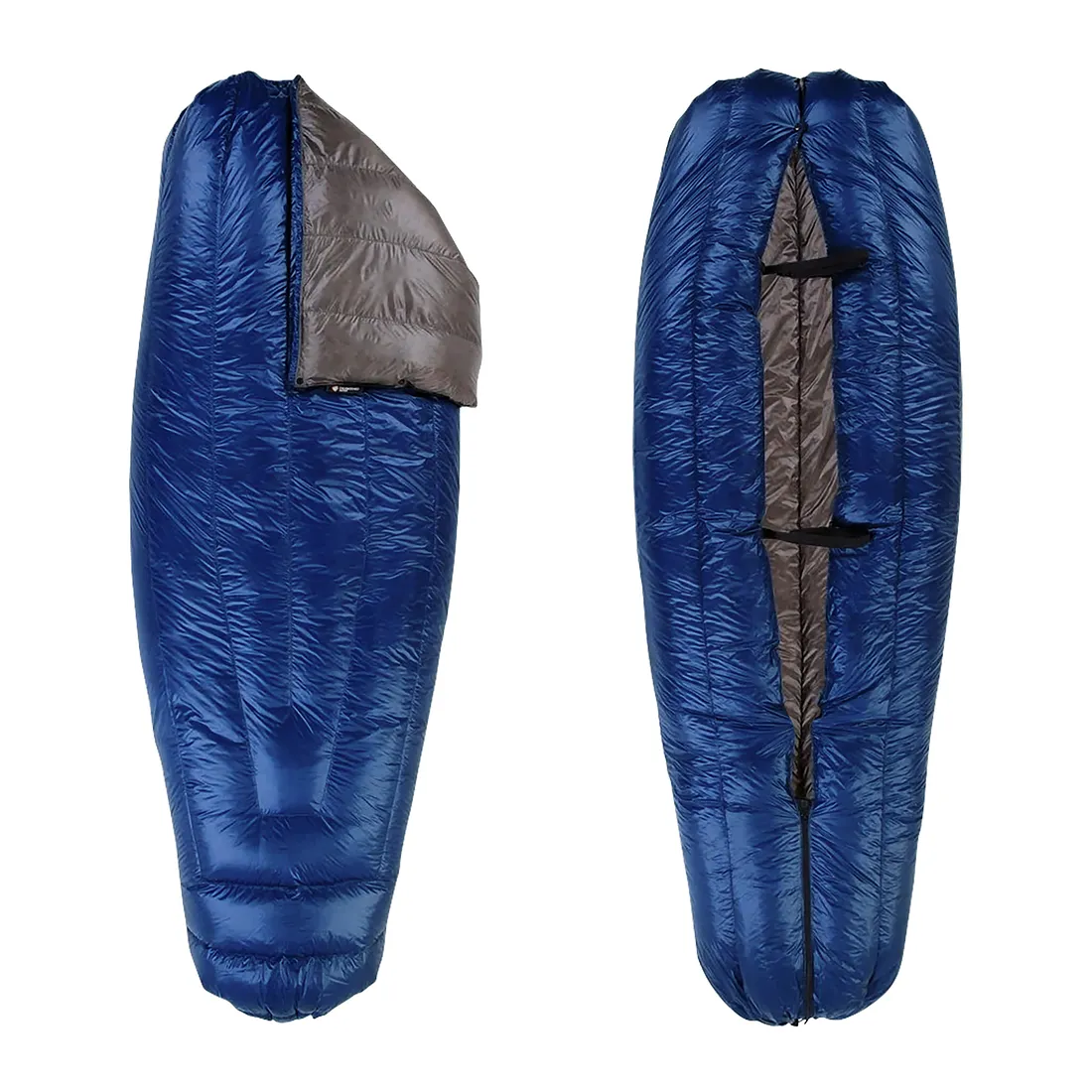
| Comfort |
8
|
| Features |
7
|
| Insulation |
8
|
| Warmth |
8
|
| Weight |
9
|
Reasons to Buy
- Highly customizable to individual preferences
- Very warm even at low temperatures
- Excellent compactness leaving more room in your backpack
- Premium quality and craftsmanship
- Versatile quilt design
Reasons to Avoid
- Price is on the higher end
- May not be warm enough for extremely cold weather
- Takes time to fully loft after unpacking
The Revelations 20, a standout product from Enlightened Equipment, has caught many outdoors-folk's attention – and for good reason. This ultralight sleeping bag quilt combines lightweight materials and a modular design, offering great versatility and adaptability to various camping conditions.
Made with premium goose down, the Revelation 20 provides a matchless warmth-to-weight ratio. The product has a 20-degree temperature rating, which makes it a superb choice for three-season camping. User reviews also consistently highlight its impressive warmth, standing up to very cold temperatures despite its lightweight nature.
The Revelation 20 shines in its adaptable design. Offering a zippered foot box and drawstring top, it can transform from a classic mummy-style bag to a fully open quilt. Gearheads have had much to say about its foldable foot box and adjustable straps, providing better control of temperature and comfort during varying weather conditions.
In the packability department, the Revelation 20 also walks the talk. It earns high marks from backpackers for its lightweight (below two pounds) and can be compressed for convenient carry. Its small packed size is perfect for those wanting to save space in their backpack, a feature that adventurists and minimalist hikers rave about in their reviews.
Users also frequently mention the Revelation 20's fine workmanship. It's constructed with high-quality materials that show thoughtful design and attention to detail. The down-proof fabric and responsibly sourced down put buyer's minds at ease, knowing that their gear is designed to last and environmentally friendly.
However, some users have noted that the Revelation 20's ultralight nature might come with a small downside. On colder nights, a couple of backpackers mentioned feeling a slight draft - something to consider if you're a cold sleeper. It would be wise to pair this quilt with a good quality sleeping pad to seal in the warmth.
In terms of price, the Revelation 20 is a bit on the higher side, but majority of users argue that you’re getting your money's worth. Users often mention the quilt’s excellent cost to performance ratio, and feel it is a worthwhile investment for avid backpackers.
North Face Cat's Meow 20
Best Ultralight Sleeping Bag for Synthetic
Based on our research and testing, we think the North Face Cat's Meow 20 is a solid choice if you want a ultralight sleeping bag that's really well suited to Synthetic.
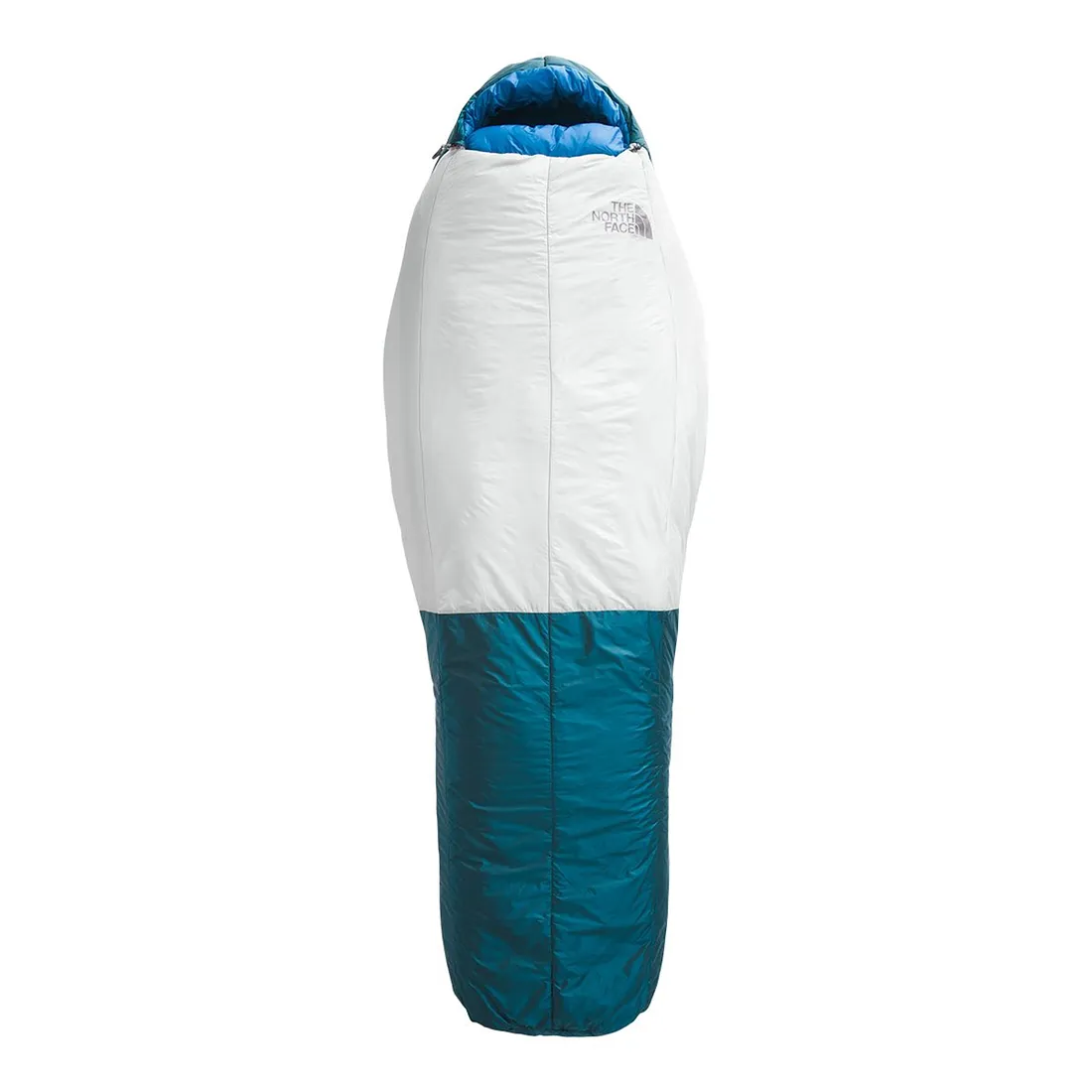
| Comfort |
8
|
| Features |
9
|
| Insulation |
9
|
| Warmth |
8
|
| Weight |
7
|
Reasons to Buy
- Excellent insulation
- Very durable
- Delivers a cozy sleeping experience
- Good value for the price
- Compact when packed
Reasons to Avoid
- Might not be warm enough for extremely cold temperatures
- Slightly heavier than other ultralight bags
- May be tight for larger folks
The North Face Cat's Meow 20 is an ultralight sleeping bag that has gained popularity among adventurers and campers who strive for comfort without the weight. Its title as one of the best in the Synthetic niche speaks to its high-quality and superior design.
Known for its impressive warmth-to-weight ratio, the Cat's Meow 20 is designed to keep you cozy even when the temperature dips to 20 degrees Fahrenheit. A lot of owners have praised its effectiveness in chilly weather, claiming that it has kept them warm on freezing nights in the mountains or during late fall camping trips.
The synthetic fill of this sleeping bag is an added advantage, offering undeniable comfort and resilience to wear and tear. It's also a favorite among wettish warriors for its water-resistant capabilities. One customer specifically mentioned how the sleeping bag kept them dry during an unexpected rainfall on a camping trip.
Its compressibility is another feature that stands out. The Cat's Meow 20 can be squashed down into a relatively small size, making it perfect for those who like to carry minimal stuff. Backpackers have made note of this feature, stating that it saves a significant amount of space when packing for multiple-day hikes.
The bag's roomy cut also provides ample space for restless sleepers to roll around. However, some users have mentioned it being slightly narrow around the shoulder area, which could be a bit uncomfortable for broader people.
The slightly hefty price tag is softened by experiencing the sleeping bag's stellar performance. Several customers find the great features and the assurance of quality and durability from North Face to be worth the cost.
There are minor criticisms though. A few users found the zipper can occasionally catch on the material, which could lead to a frustrating midnight battle. And a handful of people have lamented the bag's weight saying it could be tad lighter.
All in all, the feedback for the North Face Cat's Meow 20 has been overwhelmingly positive, which cements its place as a go-to for those camping or backpacking adventurers who don't want to compromise on comfort or warmth.
No prices found. Check back later!
Related Posts
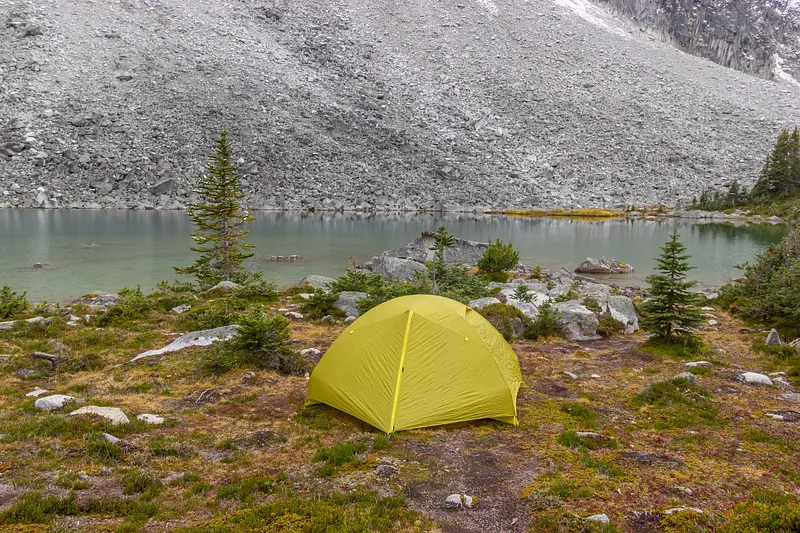
For those in the know, there's nothing quite as satisfying as unrolling the perfect sleeping bag liner in your tent after a long day on the trails. That's why we're here to help you sift through...
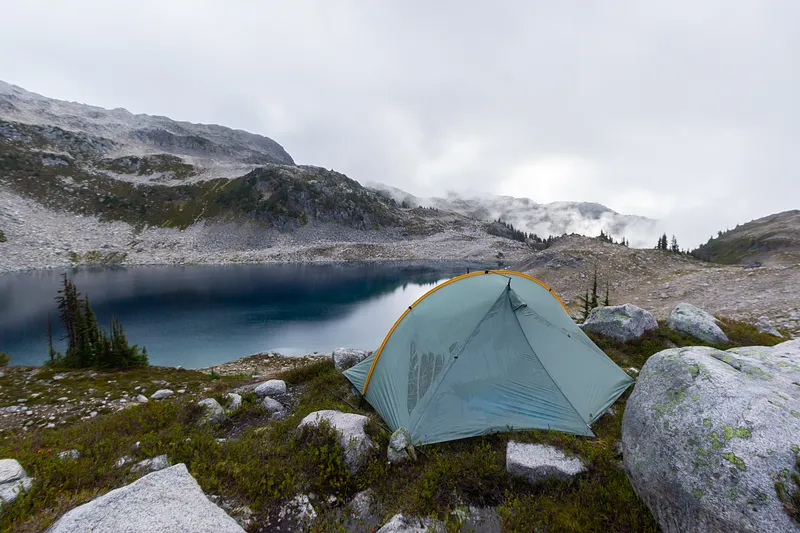
When it comes to backpacking trips and climbing adventures, a good night's sleep is as important as a sturdy pair of boots. Women hikers and backpackers may have their unique preferences and needs,...
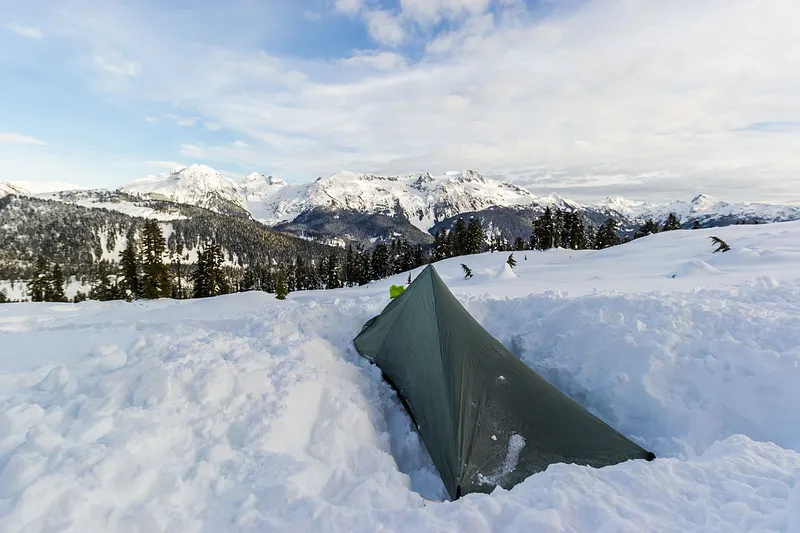
When the mercury dips and you are out in the wilderness, the one gear you don't want to skimp on is a good sleeping bag. Our top pick for the Best Winter Sleeping Bags is the Feathered Friends...
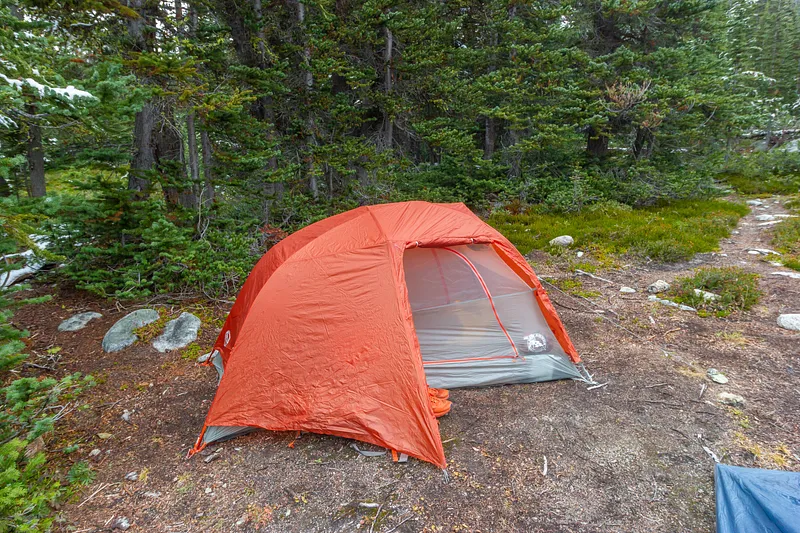
When it comes to camping gear, nothing quite beats the sweet feeling of scrunching into a toasty, comfortable sleeping bag after a long day of adventuring. The right choice can make the difference...
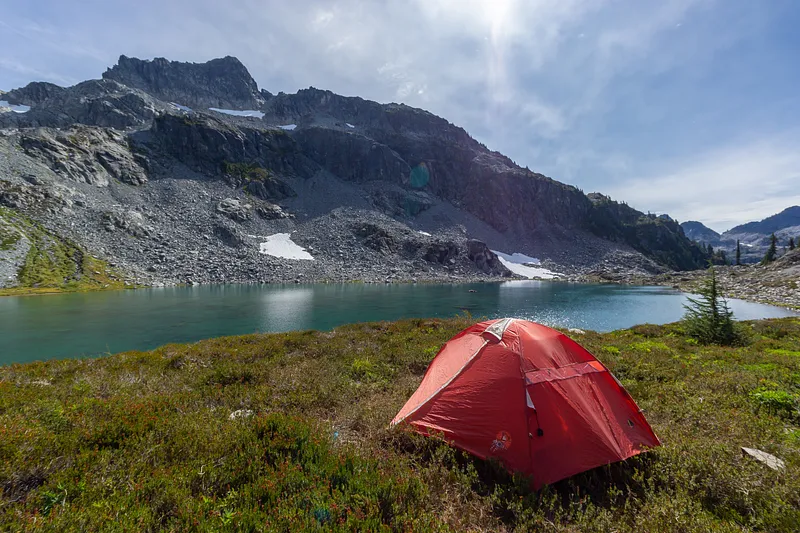
Attention to all outdoor adventurers, it is time to ready your gear for your next backpacking trip, and we are here to guide you in one of the crucial choices: a sleeping bag. Unarguably, the...
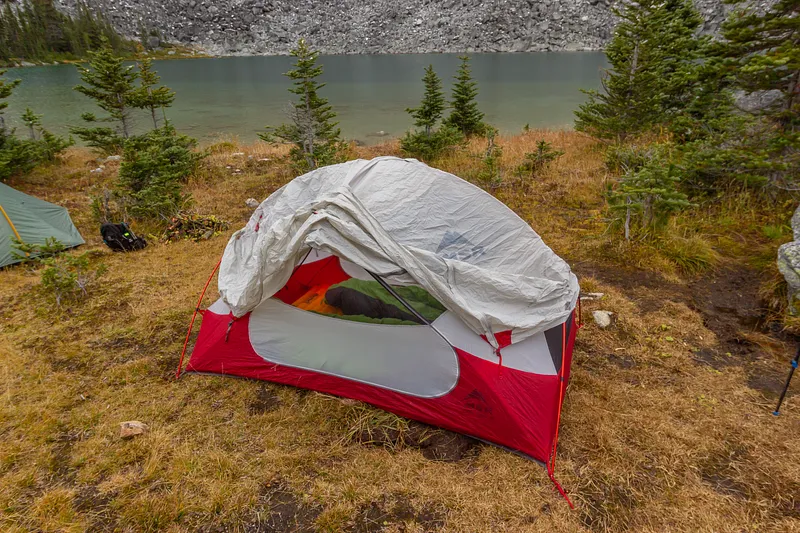
Venturing out into the great outdoors often means leaving the comfort of your home bed behind. But with the right gear, like a top-notch backpacking sleeping pad, you can bring a piece of that...
